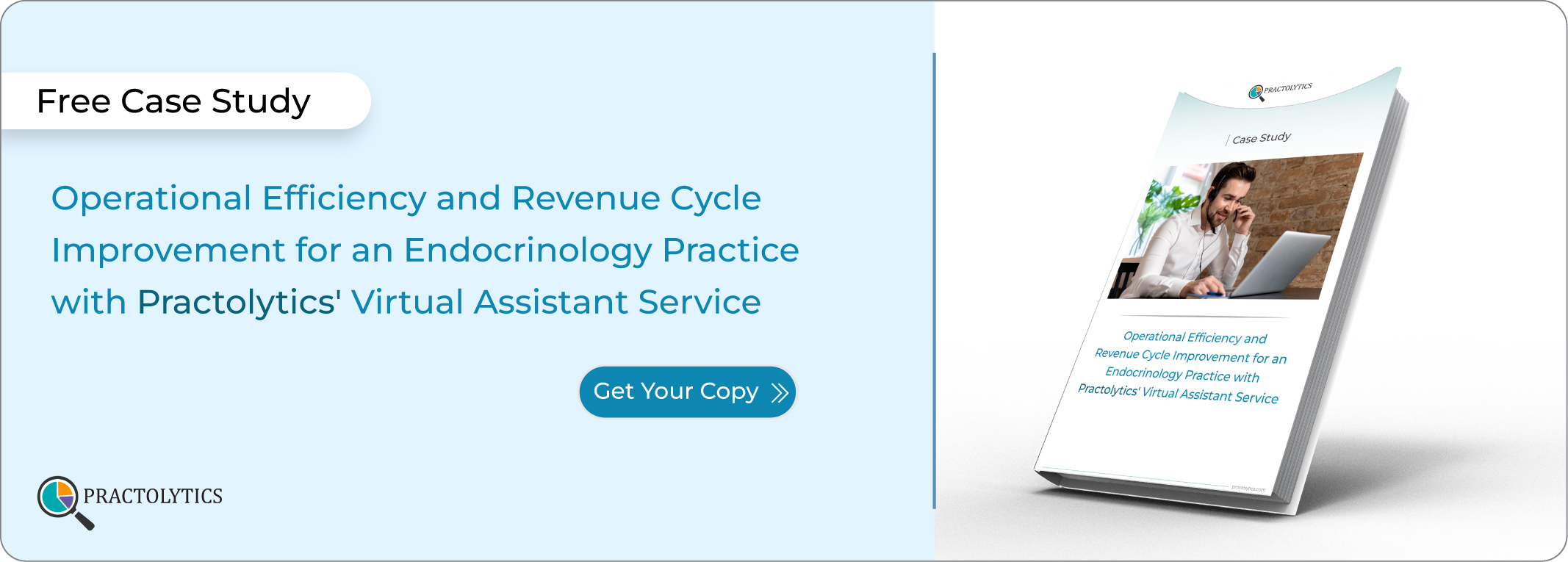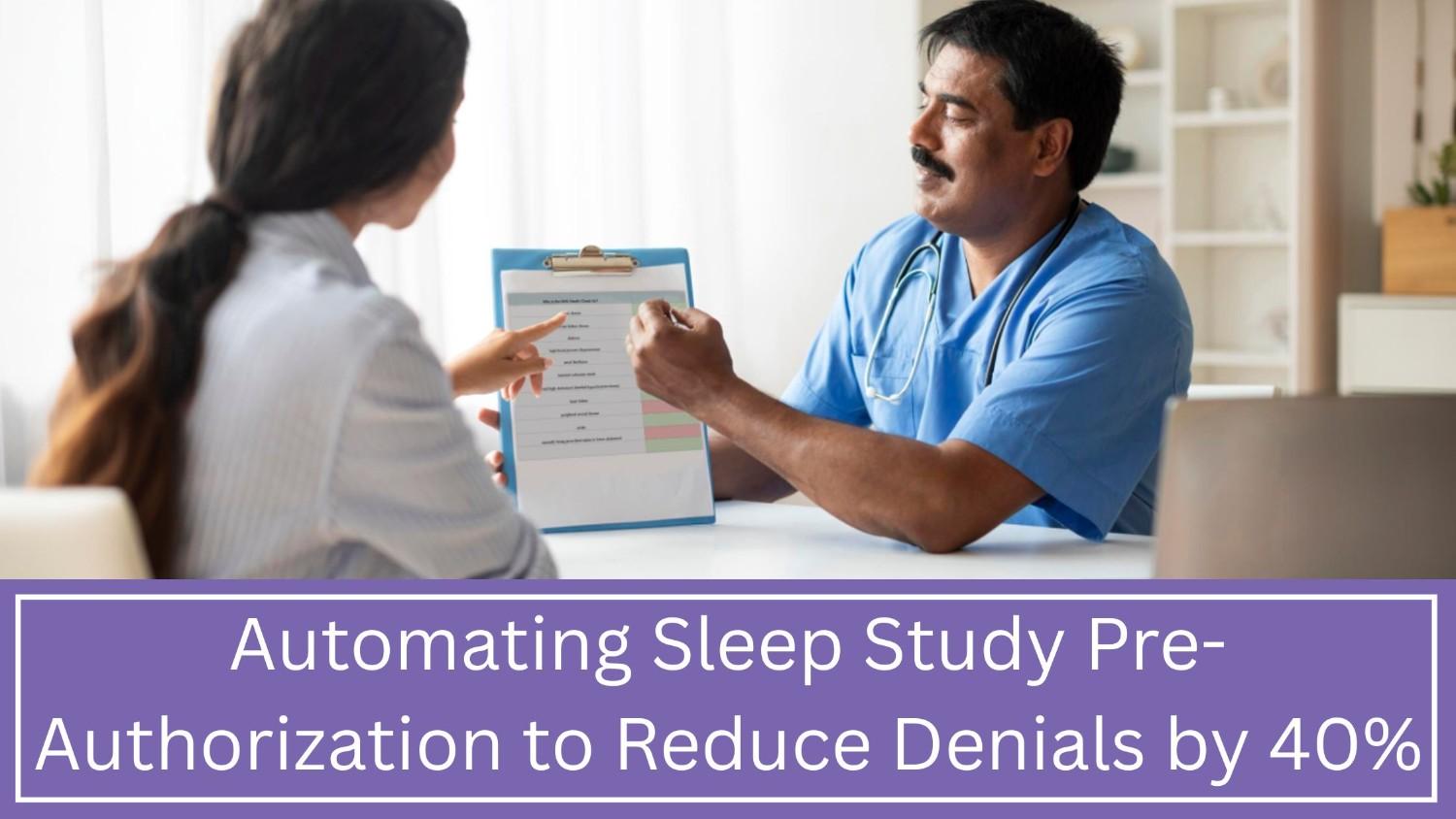How Virtual Medical Assistants Improve Care and Practice Efficiency
Running a healthcare practice today isn’t what it used to be. Between endless documentation, patient follow-ups, insurance verifications, and front-desk management, doctors often find themselves overwhelmed with administrative work. If at any point during your day you felt more like a data entry clerk than a physician, you’re definitely not alone.
This is where Virtual Medical Assistants come into the picture to augment your in-house staff rather than replace it. These professionals working remotely perform tasks repetitively time-consuming to let the internal team members focus more on patient care.
This blog will now put forth the ways and means how virtual medical assistants can improve patient care and increase efficiency in daily life.
Table of Contents
What is a Virtual Medical Assistant?
Now let’s get basic with the core of the concept. In simple terms, someone trained as a VMA works remotely and supports your medical office through the fulfillment of various tasks such as:
- Scheduling and managing appointments
- Answering patient queries over the phone or via e-mail
- Following up on lab results and prescription refills
- Insurance verification and eligibility checks
- Management of Electronic Health Records (EHR)
- Medical billing assistance
Consider them part of the front or back office, which you don’t have to provide physical space for or orient locally. Practolytics has virtual medical assistants that are especially trained to work with healthcare practices—from smaller, individual providers up to prominent group settings.
Administrative Burden in Healthcare
According to studies, physicians seem to spend twice as much time on actual administrative work as they do on providing patient care. These activities-from recording the patient’s history to handling insurance claims-cannibalize time that can be devoted to patient care.
The high administrative duties affect other teams as well when nurses, front desk staff, or billing personnel feel overworked. Overwork can breed errors, whether it is a missed appointment, a billing error, or untimely fulfillment of prescriptions.
However, offloading these mundane tasks to virtual healthcare assistants can relieve the pressure on your internal teams, along with lowering the level of burnout.
How Virtual Medical Assistants Enhance Practice Efficiency
Let’s examine ways VMAs can enhance efficiency in a practice:
- Ensuring Better Appointment Management
Late arrivals, no-shows, and scheduling errors can throw off your entire day. Virtual assistants can help by:
- Sending appointment reminders via text, email, or phone
- Rescheduling appointments proactively
- Managing waitlists for last-minute cancellations
If your schedule runs smoothly, your entire day feels more organized and patients notice the difference.
- Timely Follow-Ups
Whether it is to notify them of lab results or follow up with patients who missed a chance to have their second visit; ancillary issues can tremendously affect the prime interest. Declaring dealing with a virtual assistant:
- Calling patients to discuss next steps
- Entering follow-up notes into charts
- Notifying of urgent issues
Timely follow-ups beyond the care continuum indicate to your patients a level of concern for them even once they are out of the office.
- The Simplification of Documentation
All of us know documentation is part and parcel of practicing medicine, but it need not take over your evenings.
So the VMA, trained as a medical scribe, can either update notes together with the doctor during the visit or shortly after, which means:
- Less time spent on typing after hours
- More accurate and complete records
- A breeze to comply with insurance and legal requirements
At Practolytics, our VMAs are familiar with many EHR systems, ensuring smooth and secure transfer of data.
- Better Patient Communications
Patients often have questions after seeing a practitioner. Maybe they forgot the correct dosage, maybe they have to be sure about a certain time to take a new medication.
Your virtual assistant can address their inquiries promptly and professionally so that your patients never feel ignored. They may:
- Return calls for a non-urgent matter
- Send educational materials
- Assist with the use of the patient portal
Quick responses promote quick trust-building and keep the patient engaged in his or her care.
- Insurance and Billing Support
Verification of insurance, collection of co-payments, and follow-ups of claims are all time-sensitive matters. Virtual assistants trained in billing processes may:
- Verify insurance eligibility prior to appointment booking
- Assist charge entry and claim submission
- Follow up on unpaid claims/rejected claims
Streamlining these financial processes helps improve your cash flow and lessen the headaches of administration.
How Virtual Medical Assistant Improve Patient Care
For the efficiency side alone, Virtual Medical Assistant Services provide better patient care in its other features not really limited to:
- More Time with Patients
When relieved of such administrative burdens, you are freed to spend more time with your patients, making room for:
- Good discussions
- Thorough assessments
- Higher patient satisfaction
Patients notice when they are hurried through an appointment.
- Fewer Errors Practically
An overwhelmed staff member will be more likely to make mistakes. VMAs may verify appointment times, prescriptions, or billing data, thereby limiting errors that affect patient care.
- Stronger Follow
Follow-through is necessary for preventive screenings and chronic care management. Virtual assistants keep patients from slipping through the cracks by:
- Sending alerts
checking if treatments are adhered to setting up periodic visits. Such continuous engagement ultimately benefits health outcomes.
Real-Life Example
Let us take an example of a family medicine practice that partnered with Practolytics to integrate a virtual assistant into their team.
Before the assistant came on board, the front office staff was working back-to-back calls, the doctor was taking work home to finish charting every night, and patients frequently had to wait several days for call backs.
After the introduction of the Remote Virtual Assitant:
- Appointment reminders were sent out on a daily basis thereby reducing no-shows by 30%
- The doctor was able to complete 90% of his documentation before leaving the clinic
- Within 24 hours, patients were followed up with calls
- Happy staff, happier doctors, happy patients all around.
Is a Virtual Medical Assistant Right for You?
By the way, here are some questions to consider if you are still figuring out if a virtual assistant will work for your practice or not:
- Will your staff often multitask?
- Do you, or your team at times, work late to just catch up on documentation?
- Do patient calls sometimes go unanswered, or at best are delayed in response?
- Does the billing team have a backlog that is filling up their heads?
If you gave a “yes” to any of these questions, then a VMA might be what you truly need.
And all thanks to Practolytics, this is the finish line with just one easy step. We place you with a trained VA who knows the business. You decide hours and tasks; we handle all training, compliance, and performance tracking.
Final Thoughts:
Doctors and their teams need the necessary support to flourish in this fast-paced healthcare environment. Virtual medical assistants are practical and affordable alternatives to restore the doctor’s time, maintain patient care, and keep the practice running smoothly.
Practolytics Virtual Medical Assistants can make a real impact regardless of whether you are a solo practitioner or manage a multi-provider clinic.
Are you ready to increase your efficiency and reclaim your attention to patient care? Give Practolytics a call to learn about our virtual medical assistant services that can transform your practice.
Read More – From Chaos to Efficiency: A Small Practice’s Journey with a Virtual Assistant
Talk to Medical Billing Expert Today — Get a Free Demo Now!






